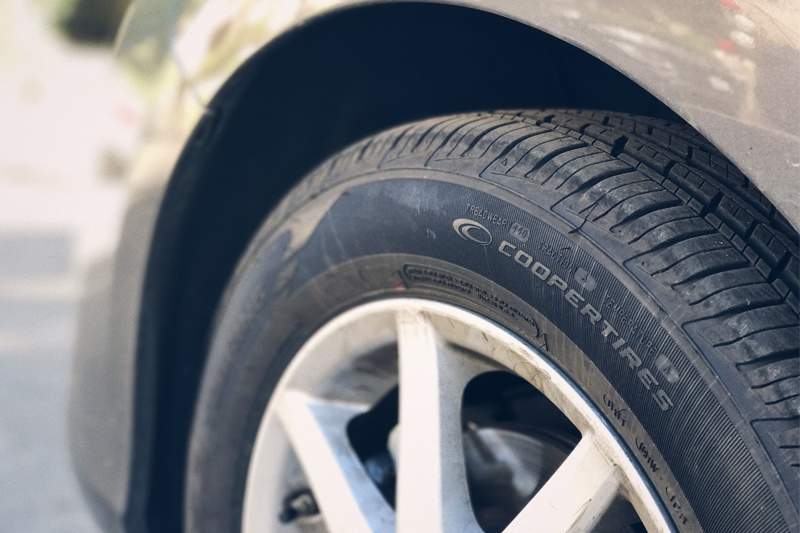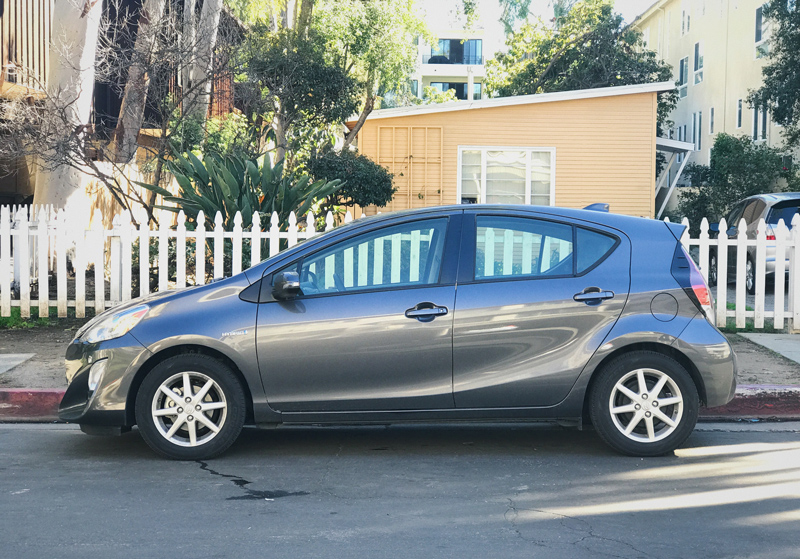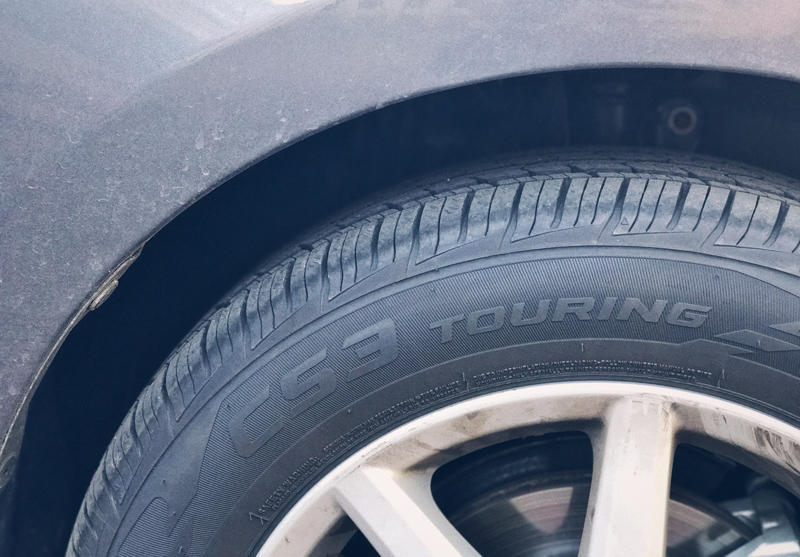6 minute read
Tires are what keep you on the road, and quite literally the main component of your car that makes it move. Think about it: if you didn’t have an engine, your car would still roll if it had tires on it, right?
Cooper Tires sent me a set of their Cooper CS3 Touring tires for my fiancee’s 2016 Toyota Prius. We were eager to put them on and give them a test-drive, so that’s exactly what we did. Our weekend was spent just a few hours south of LA in San Diego, where we caught up with some old friends. More on that later.
Since tires are in fact so important to how your car functions, we put together a list with the help of Cooper Tires for how you should properly take care of them. These tips and tricks will not only help with the longevity of your tires, but also save you money overtime. Learn why your tires matter below:
1. “All season” tires are NOT winter tires.
Fun fact for those who don’t see winter weather like some parts of the world, like us Californians. “All season” tires, despite what their name might convey, are not ideal for severe winter weather. It is highly recommended that you install winter tires during the winter months, from November to March. These specially designed tires will improve braking and handling on snow and ice. Winter tires can be identified by the 3-Peak Mountain and Snowflake symbol that is located on the tire’s sidewall.
2. If you’re only buying 2 tires, install them on the rear axle.
Though it’s usually not recommended, if you find yourself only buying 2 tires instead of a full set, it’s best to install them on the rear axle for both front and rear-wheel drive vehicles. By placing them on the rear axle, the new tires’ deep tread will help maintain control on wet road. Don’t let the front-wheel drive fool you, install them on the back!
3. Tires should be checked at least once a month and before a long road trip
Your tires are what connect you to the road, so making sure they are safe is vital for your safety. There are simple do-it-yourself routines you can do to make sure they are in proper condition. This is especially important before you head off on any long road trips.
4. Proper tire pressure = saving money at the pump
A tire that is under inflated, let’s say eight PSI or more, can reduce the life of the tire by up to 9,000 miles, as well as increase your car’s fuel consumption. By simply checking your tire pressure every few weeks, you’ll not only reduce your gasoline consumption, but also your overall expenses as well.
5. Temperature can affect your tire pressure
Tires are filled with air, so it shouldn’t come as a surprise to learn that the outside temperature plays a role in the tire’s pressure. Experts say that tire pressure decreases by about one pound per square inch for every 10° F drop in the temperature. The changing seasons are a good reminder to check pressure.
6. Check your tread with a U.S. penny
Having proper tread depth will help maintain traction, improve your overall handling, and can help prevent potential hydroplaning. This is something that is often overlooked in cities like Los Angeles where we get very little rain. Additionally, bald tires are more likely to be damaged by potholes and other road hazards. The tread on your tires should be more than 2/32 of an inch deep and can be checked by inserting a U.S. penny into the tread, with Lincoln’s head facing down. If the top of Lincoln’s head is covered by tread, there is at least a minimum acceptable amount of tread. If the top of his head is visible at any point, it is time to replace the tire.
7. Correct pressure for your tire is not found on its sidewall
Despite what most think, what’s indicated on the tire’s sidewall is not the normal inflation pressure. This is the maximum pressure allowed for the tire, and should not be used whenever you fill up. It’s recommended to find the proper inflation pressure stated in your vehicle’s owner’s manual, or on the vehicle placard found on the driver’s side doorjamb, glove box or fuel door.
Taking the Cooper CS3 Touring tires for a spin
As I previously teased, Sarah and I had the tires installed as soon as we received them and made our way down to San Diego for the weekend. Here’s a snap of her Prius with the new Cooper CS3 Touring set on.
Excuse the dirt, we took a few detours to properly test out the new all-season tires and things got a bit dusty.
The CS3 Touring was created with a specially formulated tread compound that features their new STABILEDGE™ technology (performance handling) for dry traction and 3D Micro-Gauge™ Siping (improves handling and tire control). Since these are all-season tires, they come equipped with a 5-rib tread pattern with lateral grooves to help prevent any unwanted slips and slides when dealing with wet and light snow conditions.
Most of the aforementioned features weren’t needed for our little weekend getaway, however had we gone a few hours north instead, then we might have had some use for them.
We hope you’re excited about these tire tips as much as we are and that they inspired you to start paying closer attention to your tires.
This is a sponsored conversation written by me on behalf of Cooper Tire . The opinions and text are all mine.









